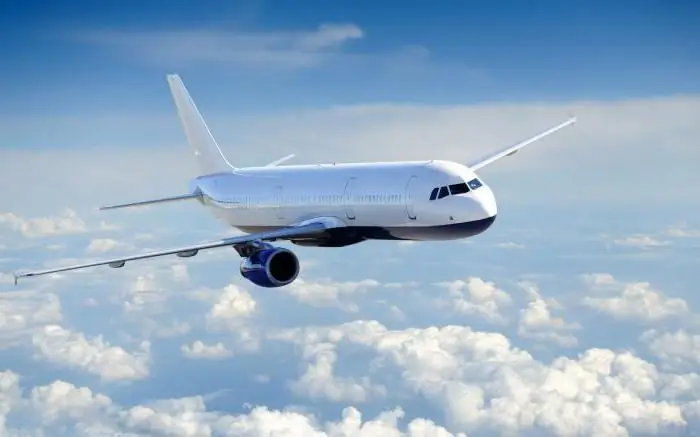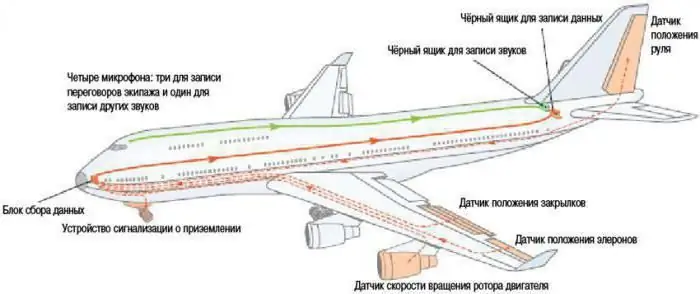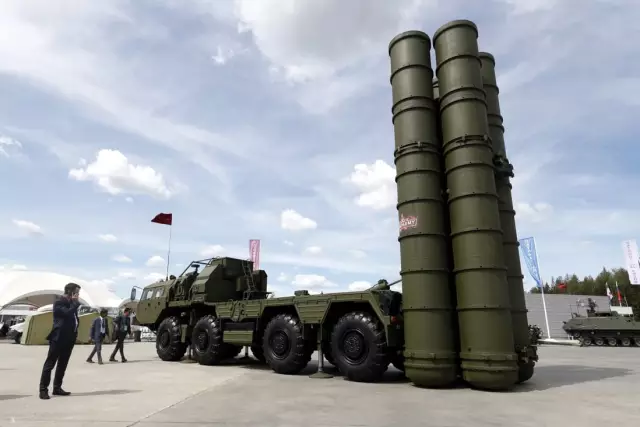2026 Author: Howard Calhoun | [email protected]. Last modified: 2025-06-01 07:12:56
Specialists believe that in the near future the aircraft will not undergo drastic changes. These will be devices of traditional design, but with more outstanding characteristics. In military technology, the roll will be shifted to "drones". However, during the Paris Air Show in 2017, a number of aircraft manufacturers showcased new aircraft concepts designed to redefine aviation. The “heavyweights” will be replaced by nimble urban aircraft, aircraft cars, electric aircraft and cargo-passenger drones.

Electric cars? No - electrics
During the Paris Air Show, Israel-based startup Eviation unveiled its Alice Commuter all-electric lightweight craft. The aircraft of the future uses distributed propulsion with one main pusher propeller on the tail and two pusher propellers on the wings. A total of 2.7 tons of lithium-ion batteries provide enough power to carrynine passengers for a range of 600 miles (965 km).
Designers hope that the new development of the Alice aircraft will help catalyze the demand for high-capacity batteries and spur the development of fast-recharge technology. Addressing these issues is critical to enabling electric flight. The international company Uber is already discussing plans to use electric cars as air taxis in the future.
In 2018, Eviation intends to move from the assembly of the Alice prototype and testing (which has already begun) to the certification process. The firm expects to begin operating its first commercial flights in 2021. The startup is already negotiating with regional operators.

"Killer" Boeing-737?
Another ambitious start-up Wright Electric offers its vision of the aircraft of the future. And it will also be electric. But unlike the small-scale development of the Israelis, the developers intend to no more or less push the most popular model in the world - the Boeing-737.
As noted by Wright Electric, fuel is the largest component in the cost of a flight. The easiest way to reduce these costs is to not use jet fuel at all. The company is developing a commercial passenger aircraft of the ECO series, which is powered by batteries and can operate short-haul flights within a radius of 300 miles (480 km). By the way, short-haul flights account for 30 percent of all flights, which is $26 billion in monetary terms.
The company announced the creationA 150-seat aircraft capable of cutting the Boeing 737 market. The partnership is carried out jointly with the low-cost British airline EasyJet, which is helping to carry out the project.
Return move
By the way, the largest aircraft manufacturer Boeing does not intend to remain in the wake of progress. Mike Sinnett, vice president of commercial product development, during a presentation at the Paris Air Show 2017 "Boeing's Future Research and Prospects" said that the company is considering using electric aircraft for cargo transportation in the near future.
“The aircraft of the future that we develop today will be smaller than today. Most likely, they will be either electric or hybrid with electric propulsion systems. We expect our craft to be fully autonomous,” Sinnett said.

A flying car? Reality already
The flying car is no longer a futuristic concept. The Slovak manufacturer AeroMobil proved this by presenting its latest aircraft at Top Marques Monaco and the Paris Air Show in 2017. By the way, AeroMobil is already available for pre-order: the cost of the "aircraft" is $ 1.2 million, which is not much for a transforming car. In the future, the company plans to build a variety of models in several price categories.
Aircraft specifications:
- Full conversion to flight mode in less than 3 minutes.
- Automotive range(travel distance on one gas station) - 700 km using the NEDC cycle.
- The maximum aviation range is 750 km.
- Fuel tank capacity 90 liters.
- Variable forward pitch propeller (2400 rpm).
- Maximum speed: 160 km/h in car mode, 112/259/360 km/h in airplane mode (depending on tasks).
- Takeoff weight - up to 960 kg (payload - 240 kg).
By the way, Airbus is also developing a promising air taxi.

Russian planes
Russia recently amazed the world with tests of a hypersonic aircraft, as if it had come off the screen of a fantastic blockbuster. Although the project is secret and there is no need to wait for official explanations, both specialists and ordinary people gossip about its capabilities.
Glider Yu-71, according to some reports, is a class of unmanned hypersonic aircraft of the 6th generation, designed for military purposes. The Russian plane is allegedly capable of accelerating to 11,000 km and actively maneuvering, which makes it almost impossible to intercept it (at least with existing methods). The flight range is about 5,500 km, the altitude is up to 80,000 m, which allows the device to overcome part of the path in near-Earth orbit. By the way, similar projects are also being developed in China and the USA.
Recommended:
The main parts of the aircraft. Aircraft device

The invention of the aircraft made it possible not only to fulfill the most ancient dream of mankind - to conquer the sky, but also to create the fastest mode of transport
What types of aircraft are there? Model, type, type of aircraft (photo)

Aircraft construction is a developed branch of the world economy, which produces a wide variety of aircraft, from super light and fast to heavy and large. The world leaders in the production of aircraft are the United States, the European Union and Russia. In this article, we will consider what types of aircraft are in modern aircraft construction, their purpose and some structural features
Aircraft device for dummies. Aircraft device diagram

Few people know how an airplane works. Most don't care at all. The main thing is that it flies, and the principle of the device is of little interest. But there are people who cannot understand how such a huge iron machine rises into the air and rushes at great speed. Let's try to figure it out
Aircraft design. Construction elements. The design of the aircraft A321

Aircraft design: elements, description, purpose, features. The design of the A321 aircraft: review, specifications, photos
Anti-aircraft missile system. Anti-aircraft missile system "Igla". Anti-aircraft missile system "Osa"

The need to create specialized anti-aircraft missile systems was ripe during the Second World War, but scientists and gunsmiths from different countries began to approach the issue in detail only in the 50s. The fact is that until then there simply were no means of controlling interceptor missiles

